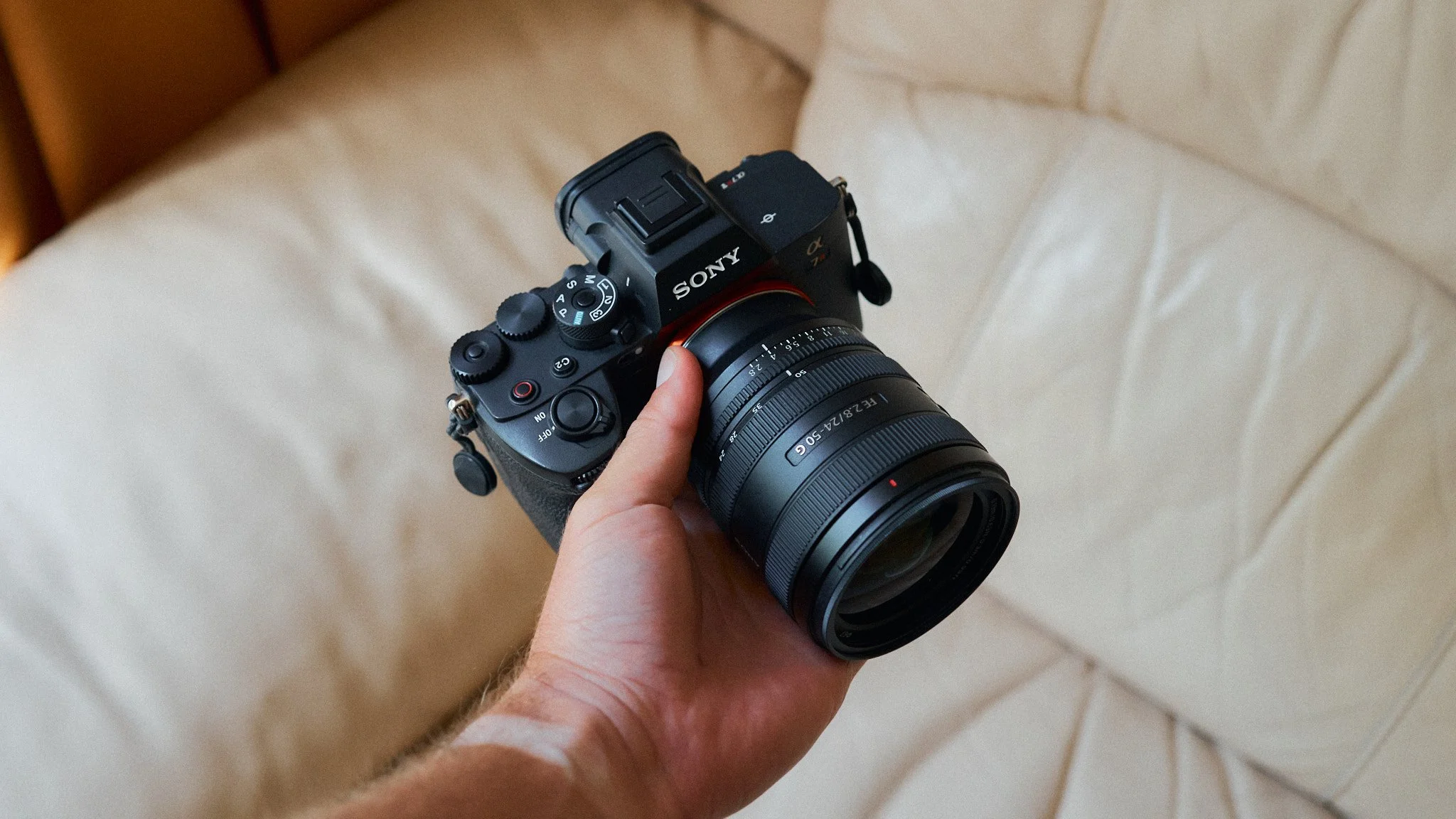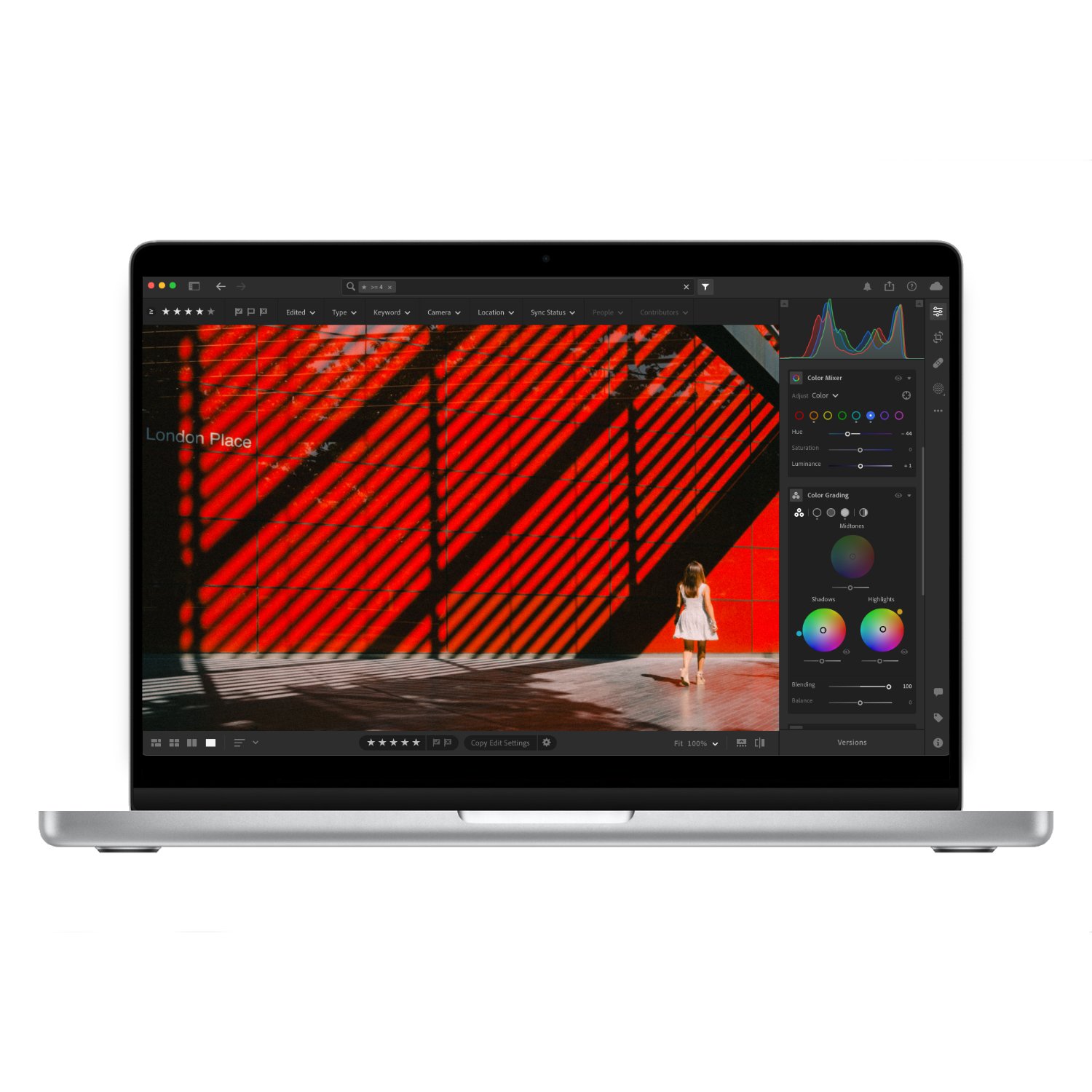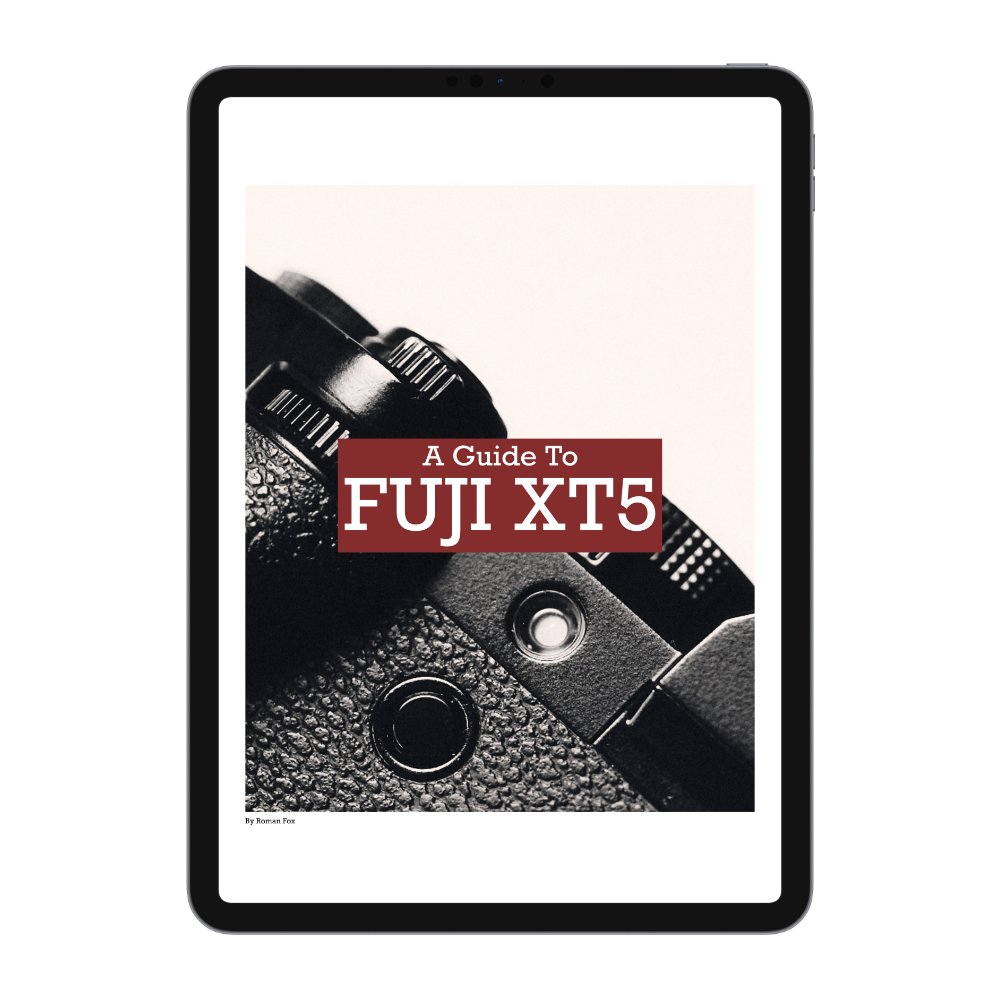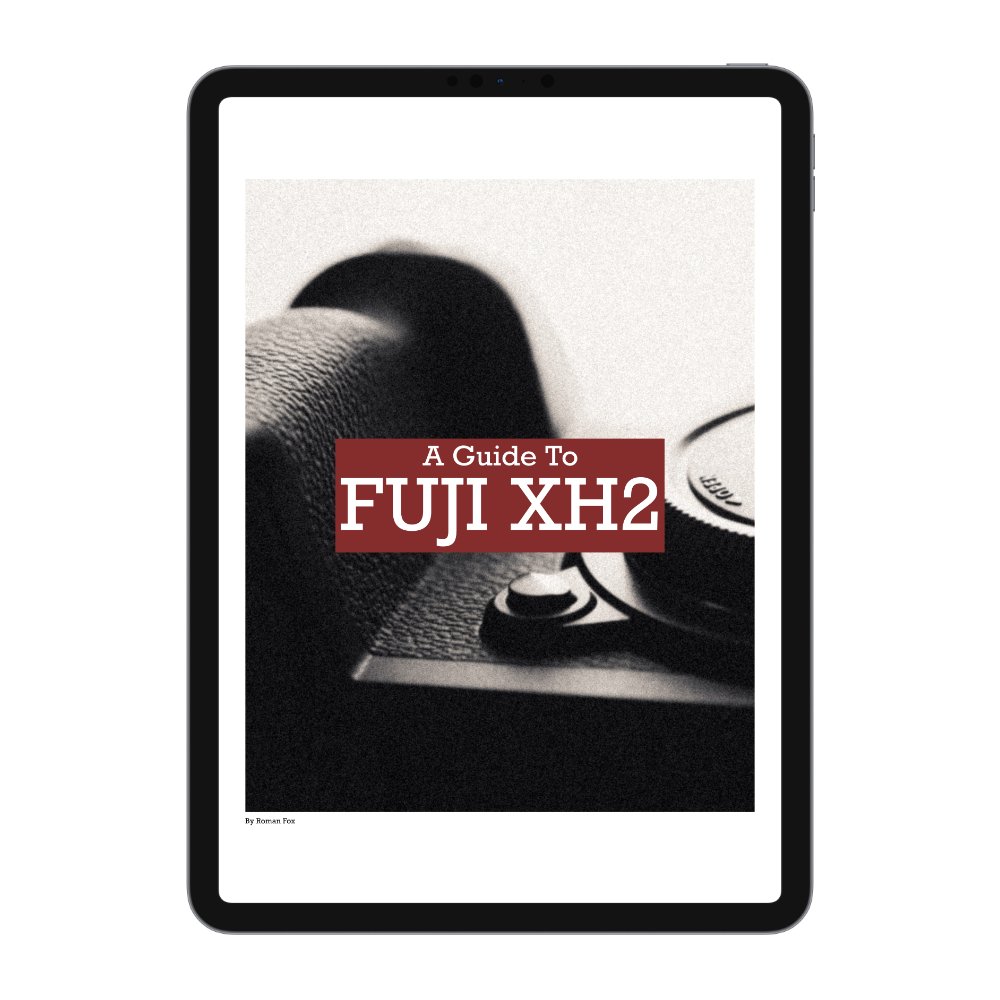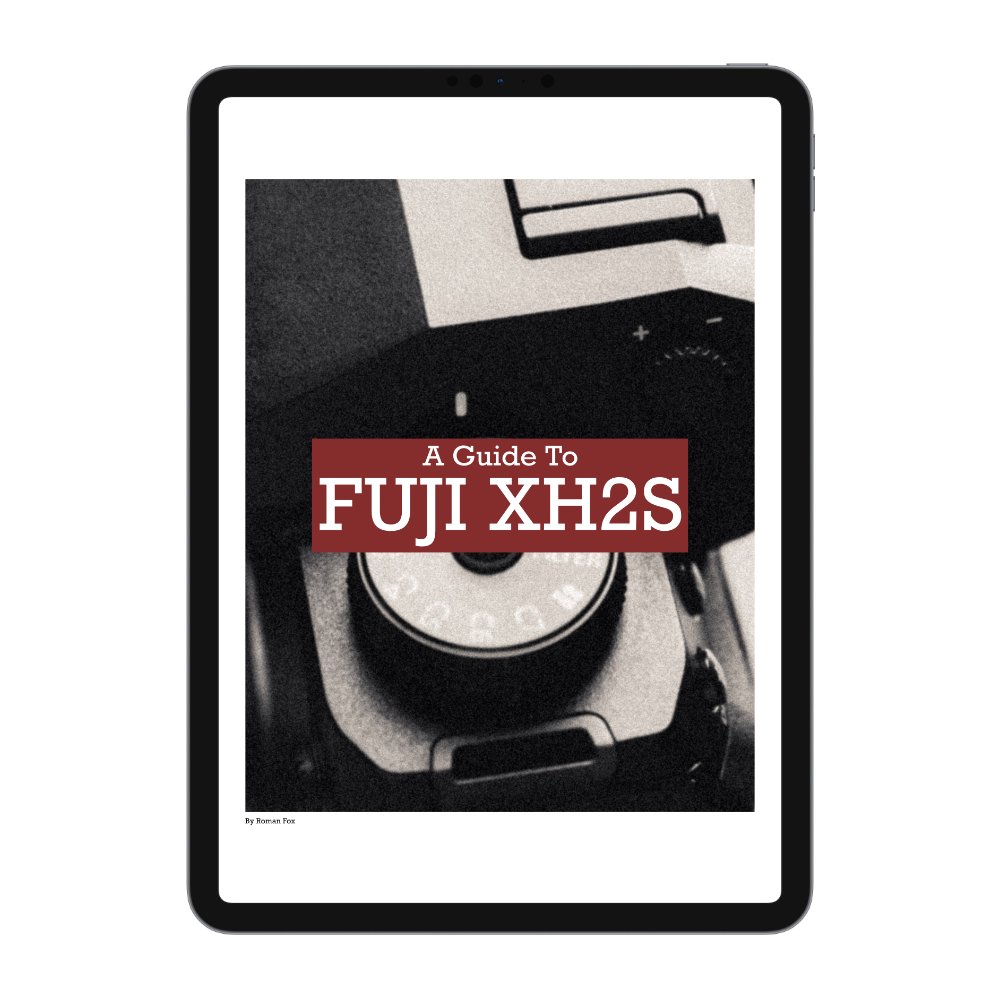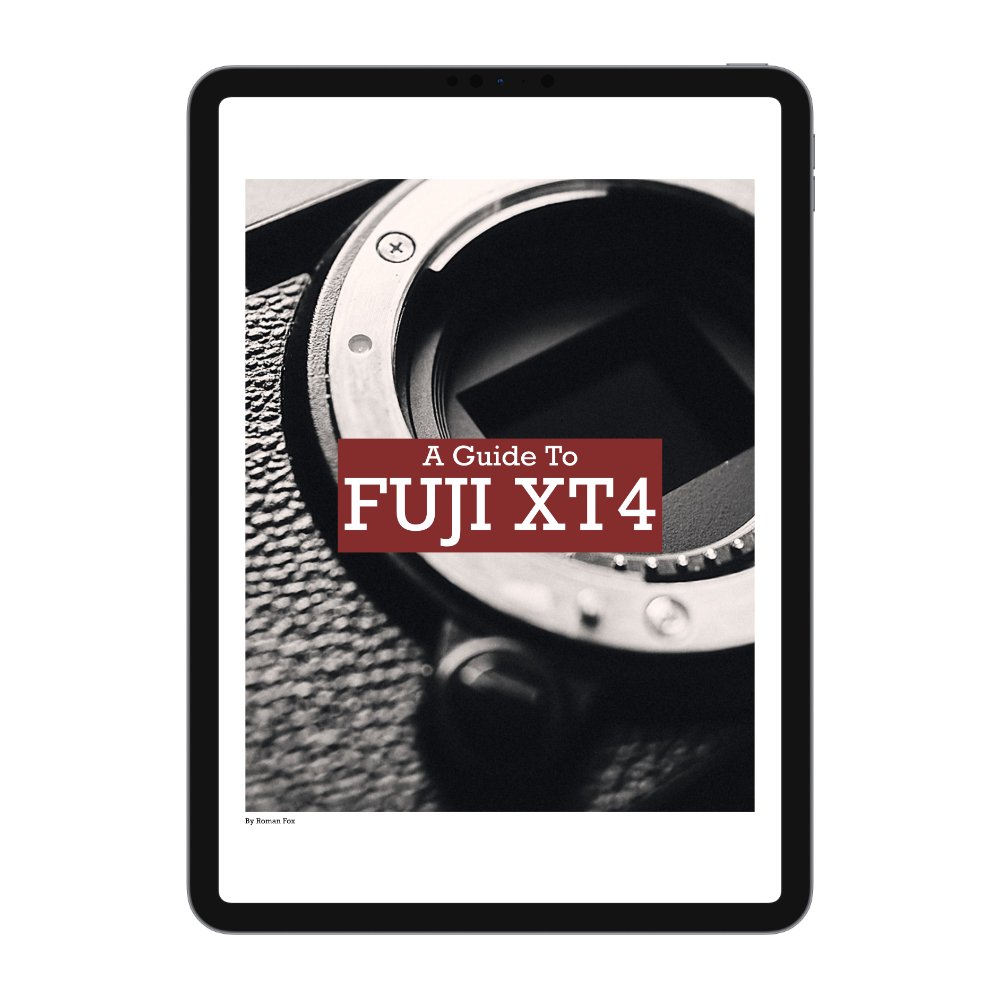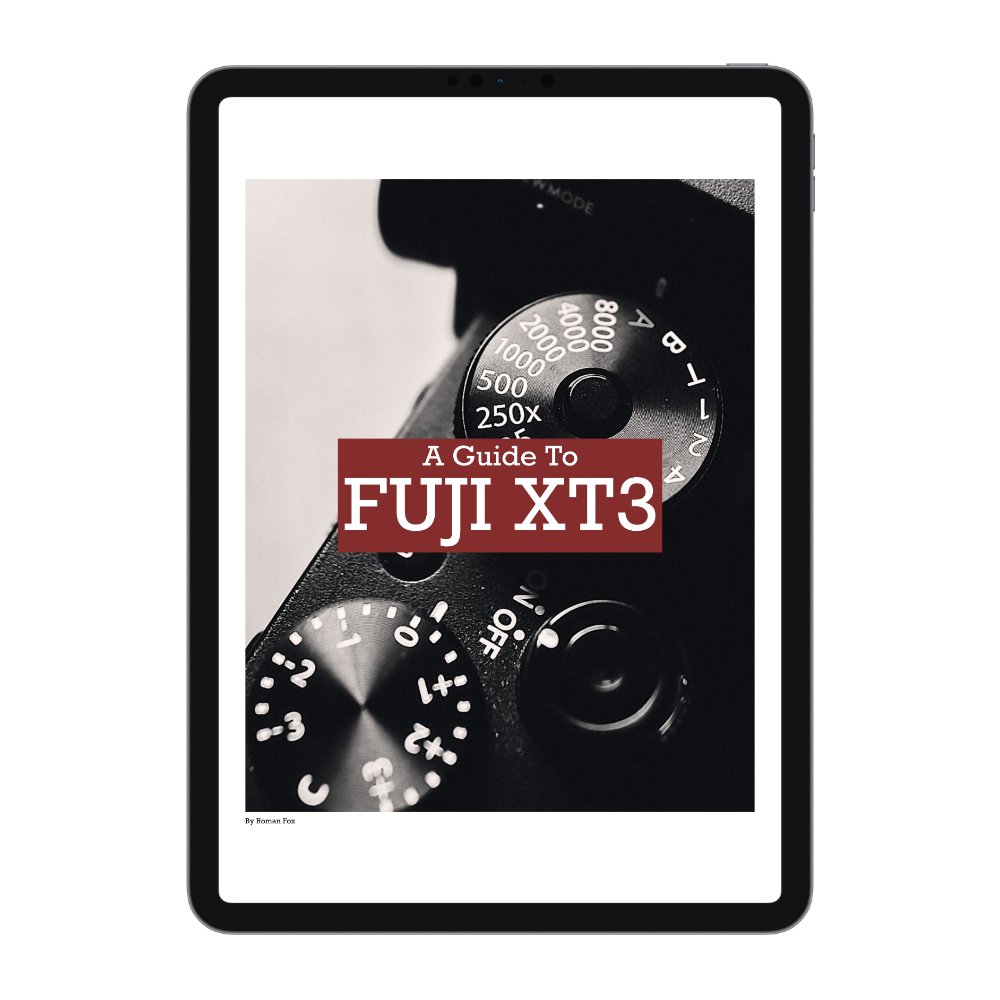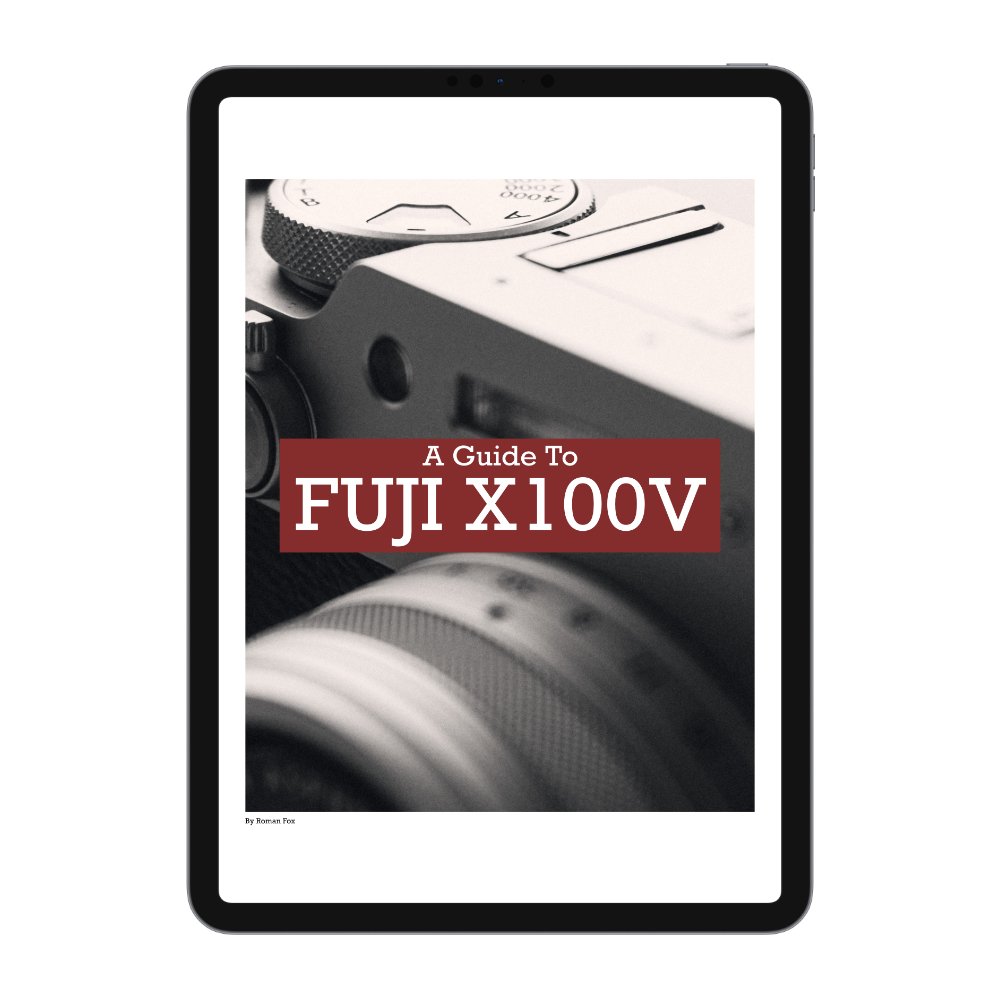Sony 24-50mm f2.8 vs 24-70mm f2.8 G Master II
If you’re in the market for a Sony zoom lens, there are plenty of options, with an ample selection of lenses from different manufacturers. In this blog, I will be comparing the Sony 24-50mm f2.8 with the 24-70mm f2.8 G Master II. I picked these lenses because while both are zooms, they offer a very different approach to how one might use them. They are so different, in fact, that some people might even own both; however, for most people, one is enough, and this blog will help you decide which one you should spend your money on. For clarity, both of these lenses I’ve purchased myself, and I have no vested interest in any brand. If you want more specific lens info, please see detailed blogs below:
Key Similarities
Both cover a good range, but the 24-70 is a bit longer.
Both have great image quality that’s clean and sharp. Pixel peepers might argue over micro contrast and sharpness when zoomed in at 400% around the corners; however, for normal use, they are both outstanding, with the image quality being the least important deciding factor.
Both have a constant f2.8 aperture.
Both can be de-clicked for smooth aperture adjustments.
Both have an AF/MF switch.
Both feel premium and well made.
Key Differences
The most obvious difference is in how they operate. The 24-70 is a traditional zoom that starts wide and zooms into 70mm. The 24-50 is reversed and starts at 50mm. You then have to “zoom in” to 24mm, meaning at the widest end, the lens is fully extended.
The 24-70 has an extra 20mm of each, which for some scenarios is useful.
The 24-70 is much bigger and heavier, to the point where it impacts how you would use the camera.
The 24-70 has two custom function buttons, while the 24-50 only has one. It makes shooting in portrait orientation easier.
You can adjust how much resistance the zooming has on the 24-70. You can set the zooming action to be smooth or tight. This is great depending on the situation. In some scenarios, you want quick and easy zooming. Other times, you want to leave the lens in 35mm and not have it move around.
The 24-70 has an iris lock that allows you to lock the aperture ring in “A”.
The 24-50 uses a 67mm filter thread that’s much more common than the 82mm one found on the 24-70.
Why Pick 24-70
If you’re after a traditional 24-70 that works just like any other 24-70 in existence, then this is the obvious choice. If you mostly shoot on the wider end, this will be a better purchase as you’re already wide from a collapsed state. If you want the absolute best technical image quality, then this is the lens for you. Even though, as mentioned earlier, the differences are subtle, some people want the best. If you often find that you’re cropping to prefer longer focal lengths, then the extra 20mm this lens gives you is worth it. If you want the extra features such as dual custom buttons and the smooth / tight switch, then the 24-70 is for you. Lastly, if you’re happy with a bigger and heavier setup, and all the headaches that come with it, this lens will be good.
Why Pick 24-50
The 24-70 feels like a normal zoom. The 24-50 feels like a 50mm prime with the option to zoom out. This is the fundamental difference between the two. Those wanting a zoom experience might get annoyed with the 24-50 because it’s the total opposite of how a zoom should work. Those who mostly shoot at around 50mm would treat this just like any other prime lens, then if need be, can zoom out. Given the substantial weight and size difference, the 24-50 also feels like a prime when fitted to the camera. It’s actually about the same size as Sony’s f1.4 primes. Finally, this is the lens you can throw around your shoulder on a strap and not feel out of place. The 24-70 is just too big and heavy to be used on a strap. This is especially applicable if you’re shooting on Sony’s smaller bodies such as the A7C.
Final Thoughts
I love both lenses and I don’t see them as equal. One lens is better for travel and work. The other is better for street photography and a more compact set-up. Ultimately, it depends on how and what you shoot. If I had to pick one for the rest of my life, I would probably pick the 24-70 due to its extra utility.









